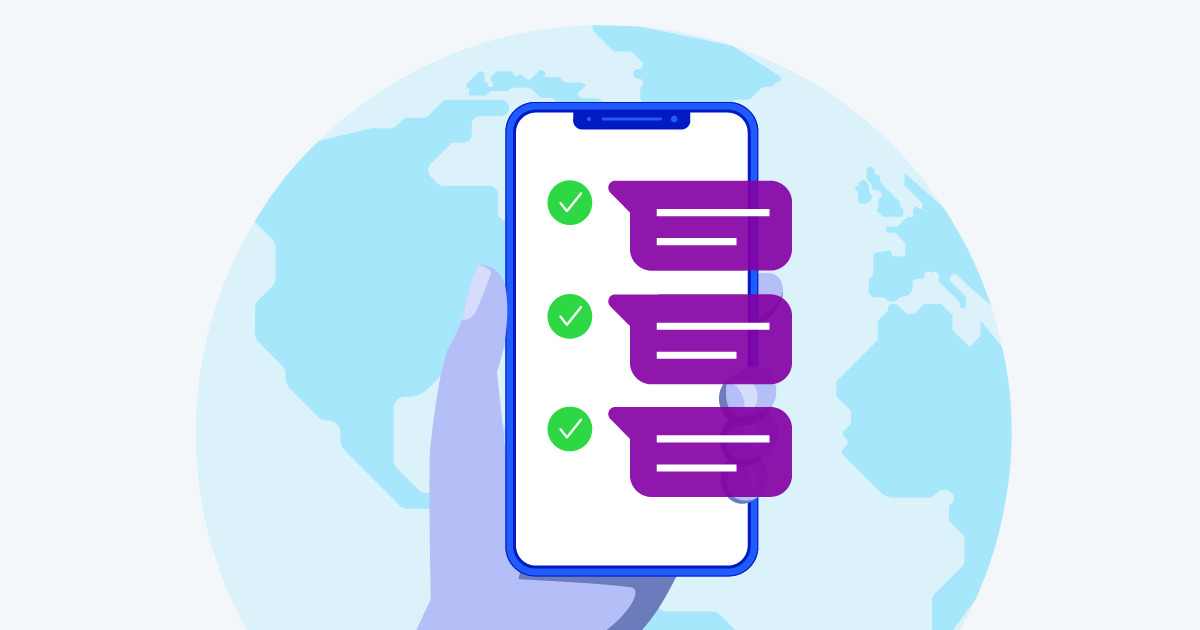
Who are you? It’s a timeless question, and one that serves as the core question in today’s omnipresent digital world.
During the onboarding process, the question should be followed with a critical request:
Prove it.
As a platform owner, you need to know and verify that the new users you’re onboarding are who they say they are. And increasingly, new users want to know that you are protecting them. If not, they will find a business that does.
Digital identity verification has inherent risks, but when performed effectively during the onboarding process, it can provide the right balance of friction and ease of use that builds confidence in your business and keeps good customers coming back.
What is digital identity verification?
Digital identity is a collection of identifiable datapoints, such as IP address, name, and device type, that are tied to each of us. Over time, across the internet, and through myriad transactions and registrations, we build a digital image our ourselves. Each piece of identifying information is a piece of our online identity.
Companies with secure onboarding strategies as opposed to those that adopt a one-size-fits-all approach of username and password collect and compile these datapoints to view the identity of the potential customer, verifying that their personal characteristics and traits are in line with who they’re purporting to be.
Why is digital identity verification important?
Today we conduct most of our lives online, from shopping and banking to gaming and dating. Over the past two decades, and accelerating greatly over the past two years, the world has become overwhelmingly digital. As part of this transformation, we instill more and more trust in the platforms and businesses we use, hoping they keep our data and our identities safe.
Customers are increasing digital savvy and expect to be challenged when onboarding or conducting transactions. When they aren’t, they leave. Imagine a new user filling out a registration form during the onboarding process on your platform excited to get started using your products and services. Suddenly, they back out, closing the window or app and never returning.
Unfortunately, this isn’t uncommon. In fact, 4 out of 5 people have reported abandoning the onboarding process at least once. Why are they doing so? 30% of them say it’s due to security concerns.
An effective verification strategy balances ease of use with enough friction to sort out good customers from fraudsters. When implemented thoughtfully and layered into your existing security stack, digital identity verification solutions help you mitigate fraud, improve customer satisfaction, save time and money, and build trust. Consumers want to do business with companies that keep them safe, and this safety comes as a direct result of an effective digital ID verification solution integrated into the onboarding process.
What’s the difference between verification and authentication?
The terms ‘verification’ and ‘authentication’ are sometimes used interchangeably, but it’s important to understand the difference between the two when building or updating your onboarding strategy:
Verification confirms the person is who they say they are. It is performed during onboarding and is the first step in the relationship between you and your customer. Though the process varies by industry and platforms, it usually involves requesting information such as a phone number or government-issued ID card, with an alternative and authoritative data source required to verify the provided information.
Authentication is the continuous process to verify the newly accepted digital identity. It is a periodic check to make sure the person accessing an account is the rightful owner of that account tied to the verified identity.
Customers choose brands that verify their identities
In today’s digital landscape, people not only choose brands that offer digital identity verification; they reject brands that do not.
Recent studies report that 80% of consumers will select a company that has a strong digital identity verification. What was once thought of as an inconvenience is now a customer expectationÑa powerful signal that the brand is protecting its customers.
Not surprisingly, consumers expect the financial sector to provide the most friction during the digital ID verification process, with healthcare, online marketplaces, and social media platforms a close second.
But it is still critical to strike a delicate balance between security and low friction. Too little friction for a banking transaction and too much for a social media site can both lead to the same result: customer abandonment and churn.
How Telesign can help
Onboarding is your first chance to make a great impression with your new users. It’s also your opportunity to stop fraud before it starts and develop long-term trust with your customers.
With Telesign you can verify digital identity with the highest speed, quality, and accuracy, all without increasing friction. Our dedicated onboarding model dynamically checks risk for each new account, offering a comprehensive risk-assessment score to give you the power to flag suspect new registrations on your digital platform.
Onboarding requires modern solutions that balance restricting fraud while maintaining high customer satisfaction. Telesign helps you meet this balance so you can provide safe experiences to your consumers.
To learn more about how Telesign can improve your digital identity verification processes, chat with us today.




